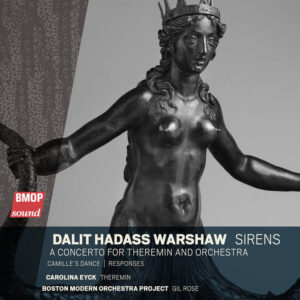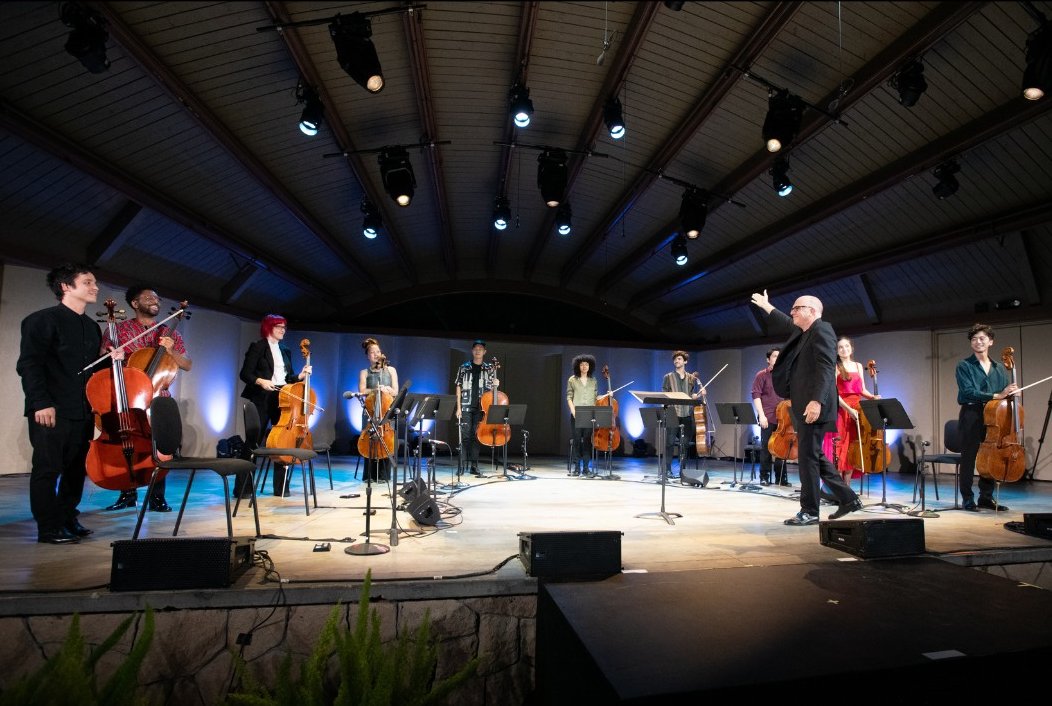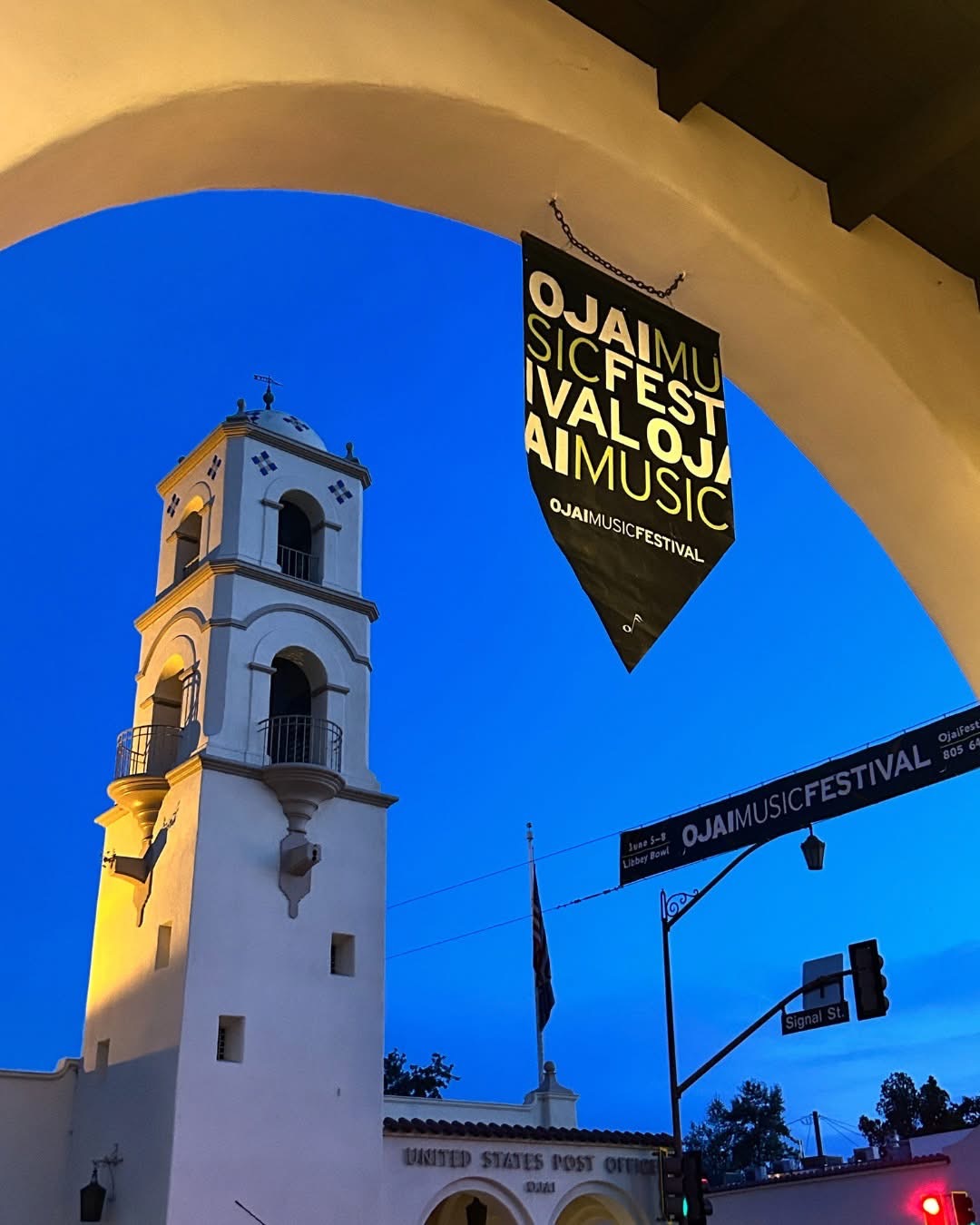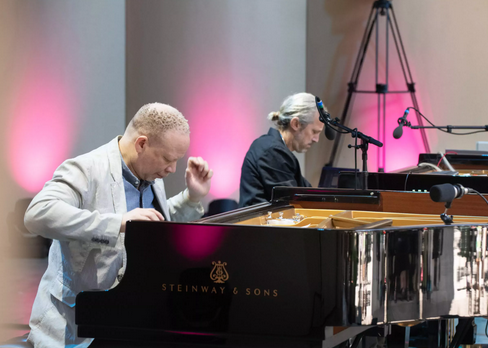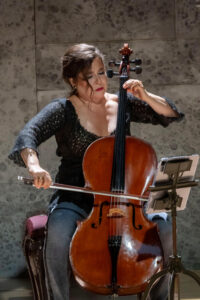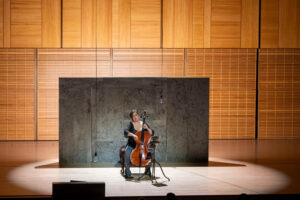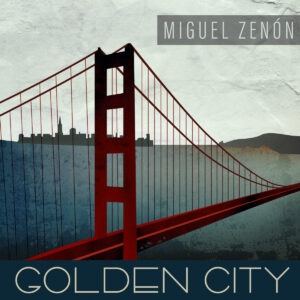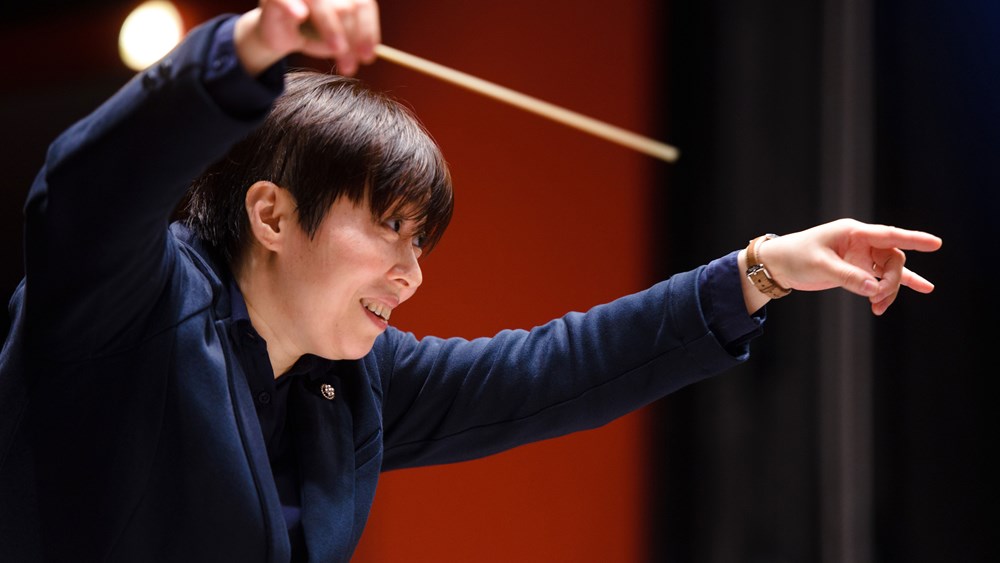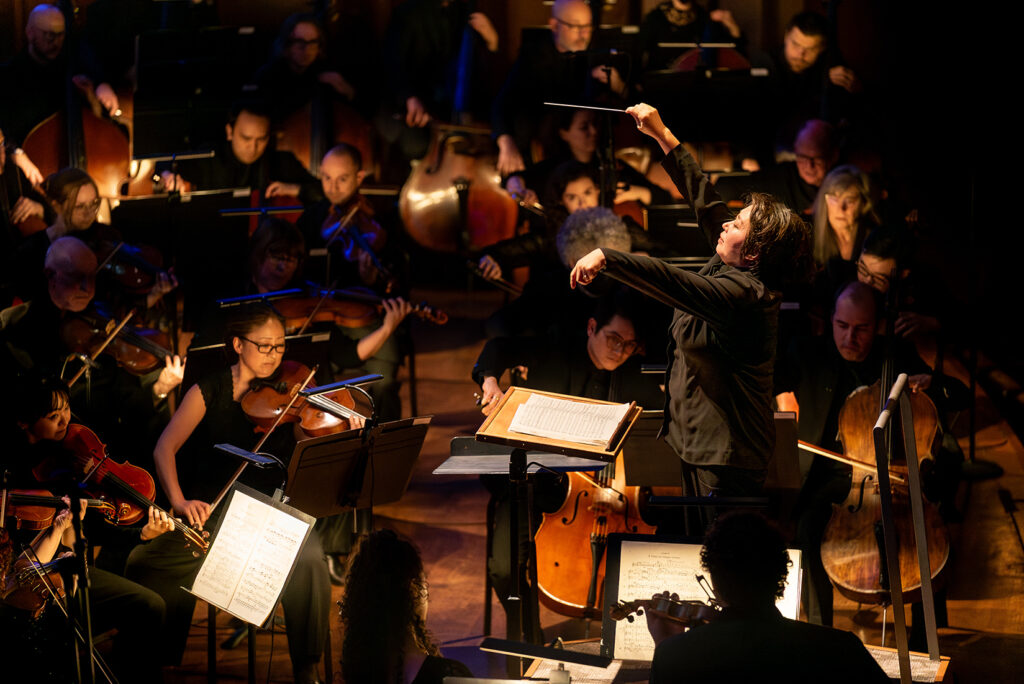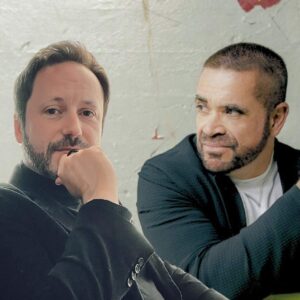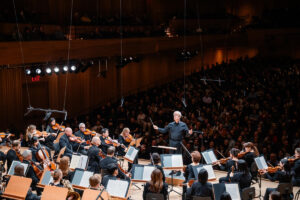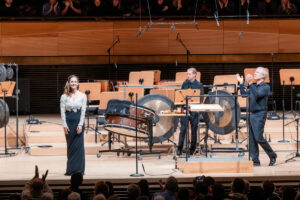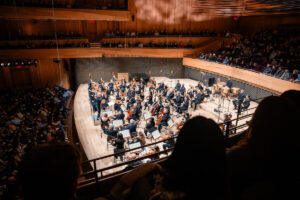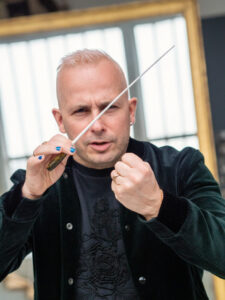
The Metropolitan Opera Orchestra, Yannick Nézet-Séguin, Music Director and Conductor
Angel Blue, Soprano
Carnegie Hall, April 18, 2025
Published on Sequenza 21
By Christian Carey
NEW YORK – Virtually since its inception, the Metropolitan Opera Orchestra, Met Orchestra for short, has given concerts alongside its main role accompanying operas. For over a hundred years, this has allowed the ensemble to stretch itself, performing vocal works, unstaged or semi-staged operas, repertoire staples, and several premieres. Yannick Nézet-Séguin has relished the opportunity to work with the musicians in this capacity. On Wednesday night, the Met Orchestra premiered a suite from Fire Up in My Bones, an opera staged at the Met by Terence Blanchard. They also performed pieces by Carnegie Hall’s current Debs Composer Chair Gabriela Ortiz, Leonard Bernstein, and Antonin Dvořák.
Ortiz’s piece, Antrópolis (2018, revised 2019), was an ebullient opener, recalling the various nightclubs the composer had frequented during her youthful years in Mexico City. The piece is a showcase for percussion, with varied dance rhythms, ranging from mambo and rumba to incipient techno, articulated by timpani soloist Parker Lee and the rest of the percussion cohort.
Symphony No. 1, “Jeremiah,” (1942), was written when Bernstein was twenty-three. Its directness of expression betrays a bit of naivete that makes it somewhat less compelling than his musical theater pieces of the forties. Still, the orchestration demonstrates an impressive grasp of mid-twentieth century music, both the Americana style of Aaron Copland and Roy Harris, and the neoclassical music of Stravinsky, who seems to loom large over the piece. Mahler, a composer for whom Bernstein, throughout his career, advocated strongly, serves as another touchstone, particularly in the inclusion of a soprano soloist in the final movement of Jeremiah. The texts are taken from the Hebrew Bible book “The Lamentations of Jeremiah,” selected to analogize the destruction of the temple in Jerusalem with the plight of Jewish people in Europe under the Nazi regime.
Soprano Angel Blue, standing on a platform in the midst of the orchestra, declaimed the music with an authoritative demeanor that underscored its mournful message, singing with flawless legato and rich tone. Here and elsewhere, Nézet-Séguin was a commanding presence, underscoring the rhythmic vitality of the piece’s earlier mixed meter sections only to build it to a stirring climax by the symphony’s conclusion.
Terence Blanchard’s opera Fire Up in My Bones was staged with jazz musicians, including Blanchard, participating. He created a suite of music from the opera with the Met Orchestra’s forces, sans additional musicians, in mind. Apart from an interlude depicting the sounds of a chicken processing plant, which includes syncopated percussion in playful fashion, Blanchard instead presents the opera’s powerful thematic material depicting human struggle. Charles M. Blow’s memoir, in which, among other experiences, he discusses being abused as a child and coming to terms with his homosexuality, is a compelling story, and the arias from Fire Up in My Bones provide it with the gravitas it deserves. The suite presents selections from these set pieces in sweeping melodies that are romantic in scope. The harmony sits astride Mahlerian late tonality and a fluid use of jazz vocabulary, ending on a charged chord rife with dissonant extensions. Blanchard’s scoring is fluent in a variety of idioms, and even if the suite only tells part of Fire Up in My Bones’s musical story, it is replete with well-paced dramatic contrasts.
The concert concluded with one of the most beloved pieces by Dvořák, his Symphony No. 9, “From the New World.” It was written in 1893, during his extended visit to the United States. Dvořák advocated for composers from the United States to explore their own nation’s folk music, mining it for material, just as he did with vernacular Czech music. Viewing the music of native Americans and spirituals as the most consummately authentic folk music in the US, he recommended that their works be collected and employed by the predominantly white male students who were his composition pupils in New York. One can argue about the authenticity of this practice through a contemporary lens, but it certainly made an impression on US composers of that generation and successive ones.
Musicologists love debating the derivation of the materials Dvořák used in the New World Symphony. He insisted that there were no direct quotations in the piece. Apart from the rhythm of a tom-tom drum, that is likely the case, although its most famous tune, the achingly beautiful theme from its second movement, was later used to create a spiritual-styled song. Much of the music sounds like it could just as easily have been written while Dvořák was in Europe. Whatever the pedigree of its sources, the Ninth Symphony is a fantastic piece and the Met Orchestra performed it gloriously.
Nézet-Séguin approached the piece in energetic fashion, allowing it to speak for itself mostly in tempo rather than using too much rubato. This returned a sense of balance to the phrasal and rhythmic construction of a piece that can, upon occasion, seem schmaltzy in its presentation. The sections of the aforementioned second movement that called for pliable moments seemed all the more noteworthy as a result. This was abetted by superlative playing from the winds and brass, particularly Pedro R. Díaz, who performed the English horn solo in eloquently beautiful fashion. The strings had many moments to shine as well, playing the theme of the scherzo, marked molto vivace, with rhythmically incisive élan. The blend in tutti sections was impressive as well.
While there were no pains to overstate it, the program was nicely tied together by the Symphony “From the New World.” Each composer in their own way explored the cultural and musical traditions that resonated with them. Ortiz’s Latin dance, Bernstein’s Jewish liturgical references and tropes on folk music, and Blanchard’s jazz chords, however different they sounded, came from a place of deep cultural resonance for each respective composer. Thus, the Met Orchestra’s concert was both diverse in its offerings and well curated. A memorable evening of music.
-Christian Carey
